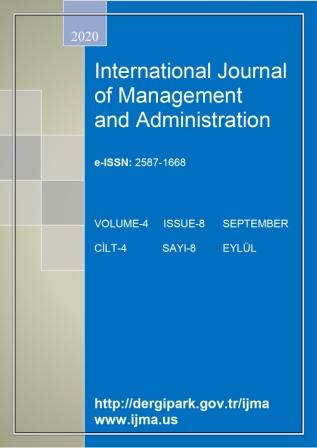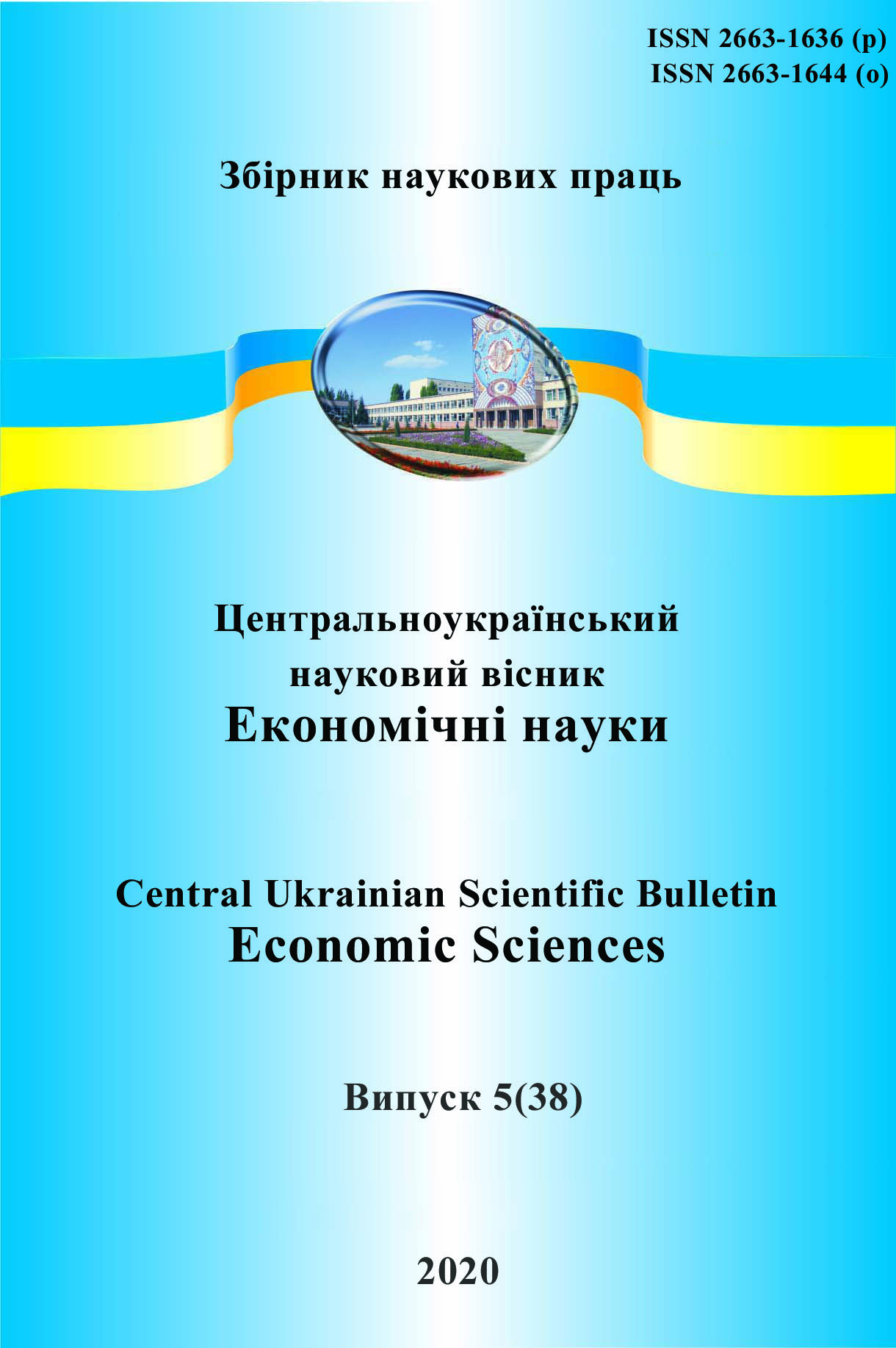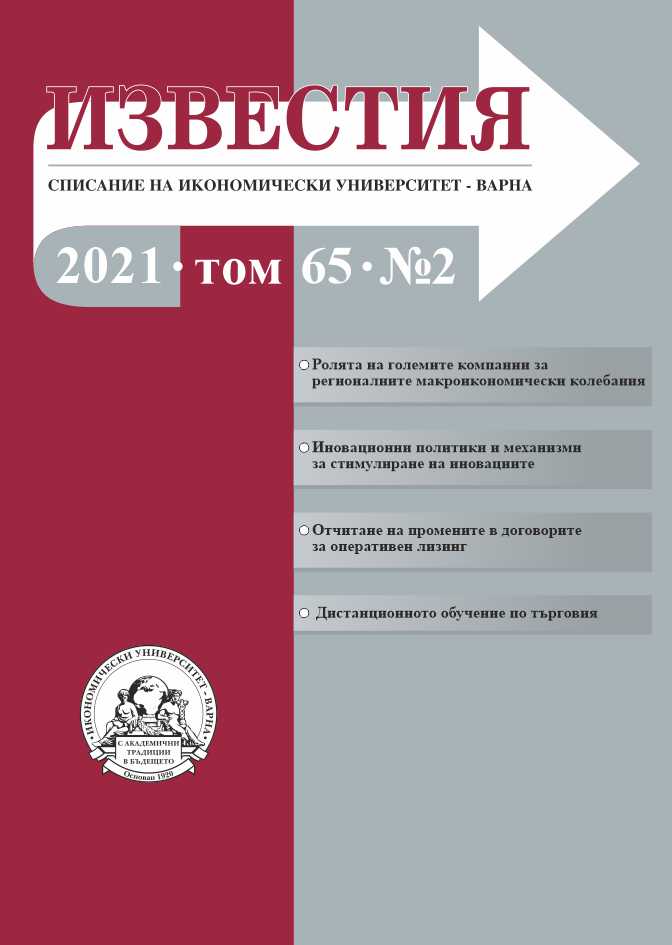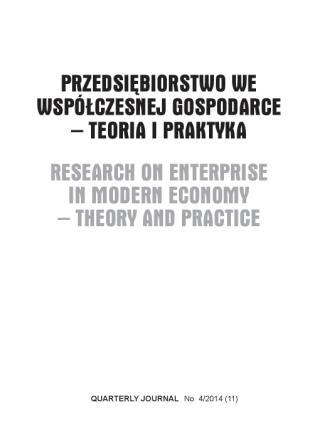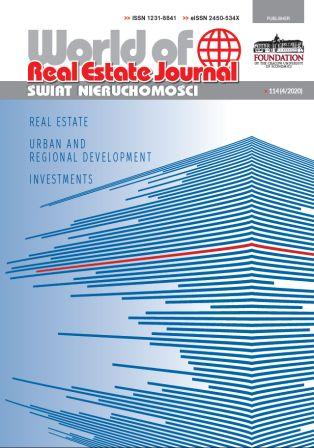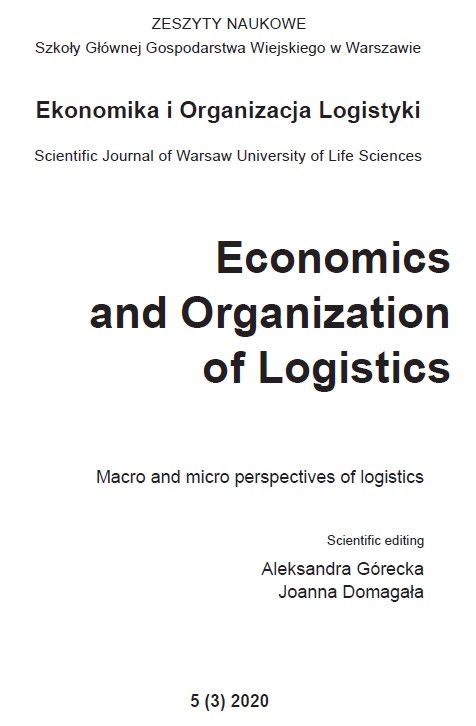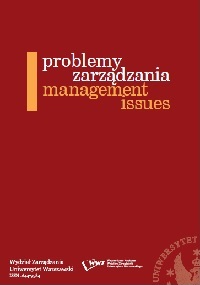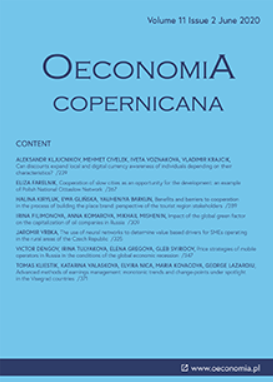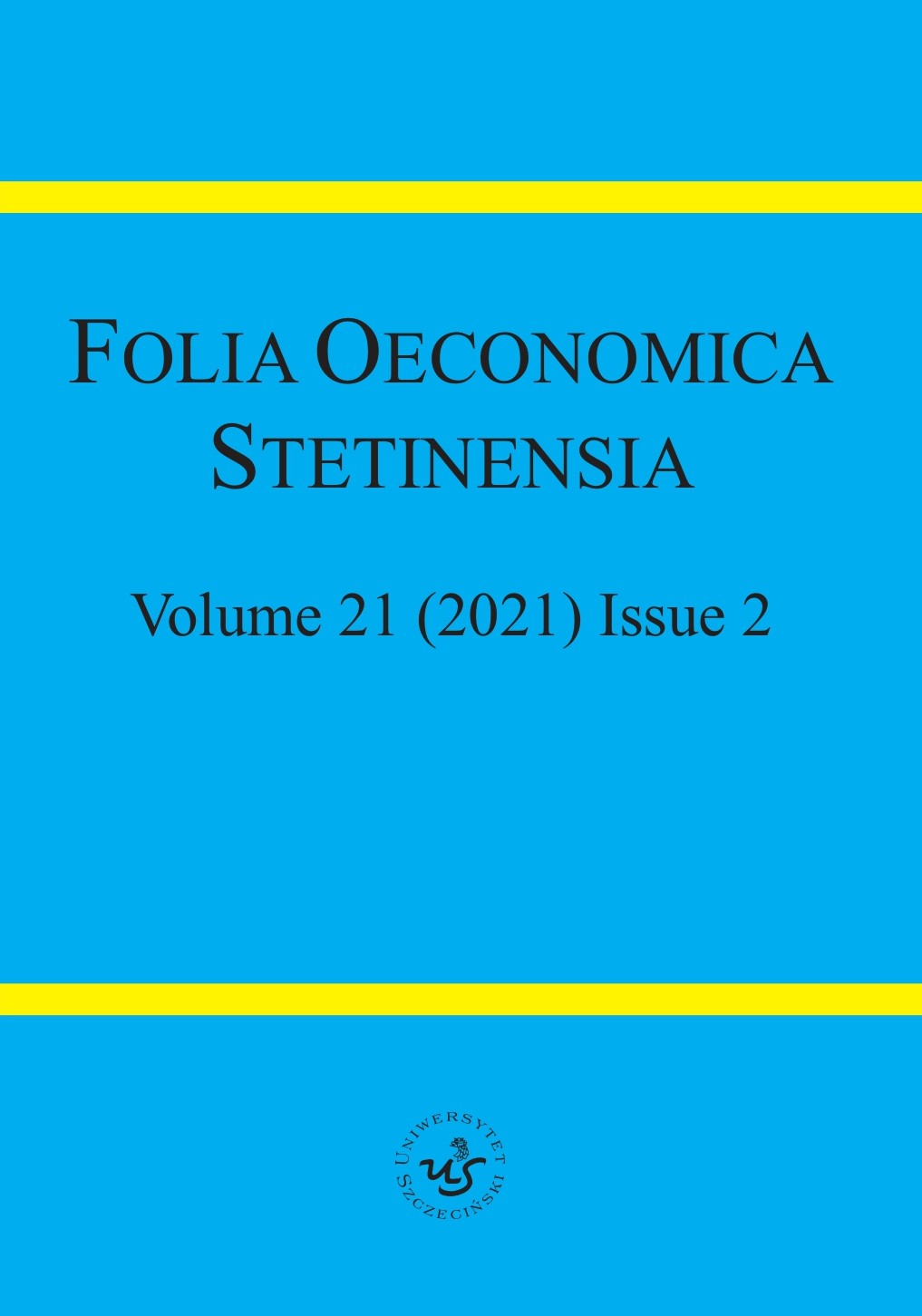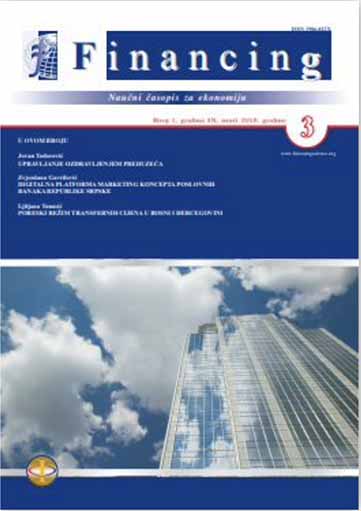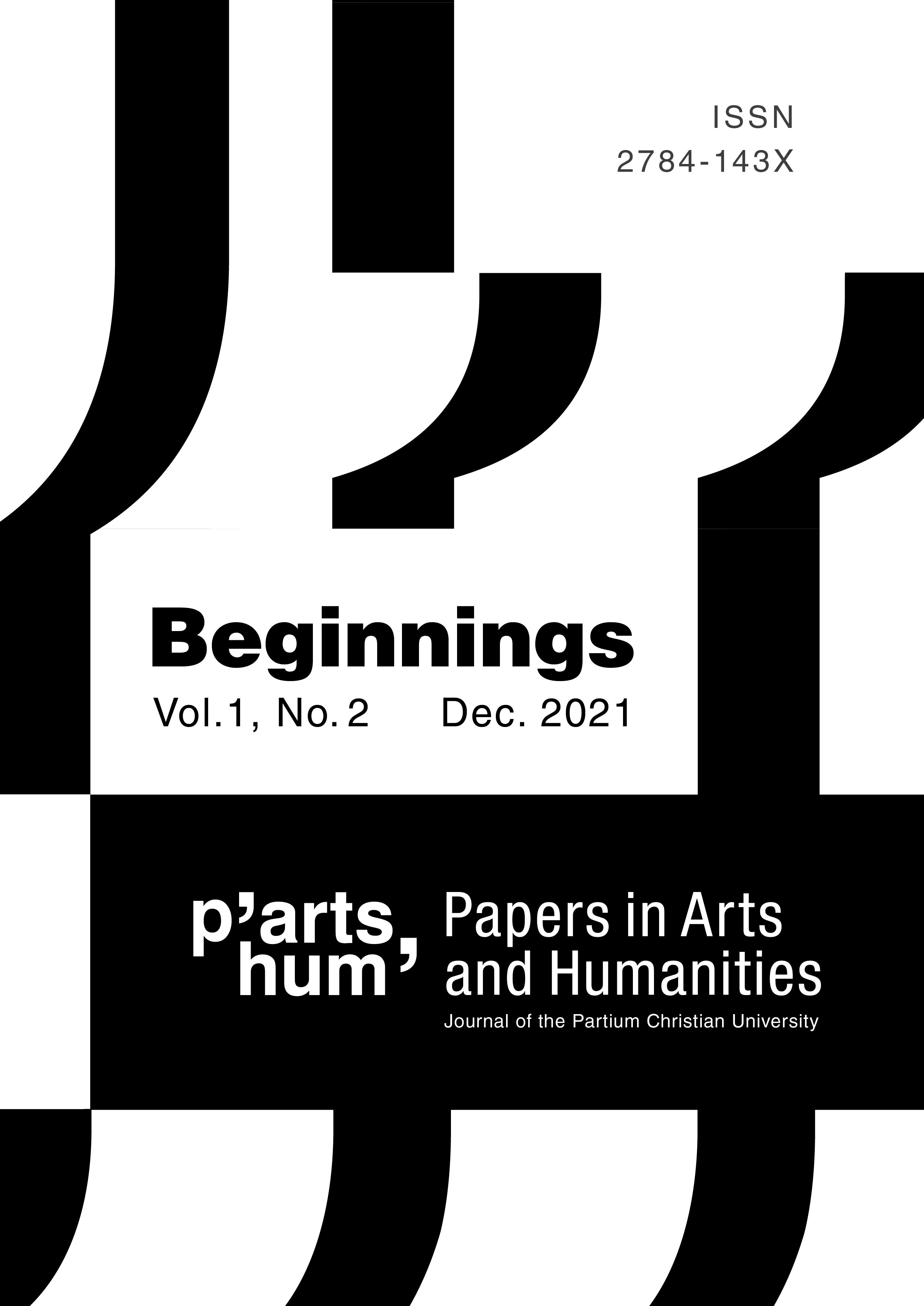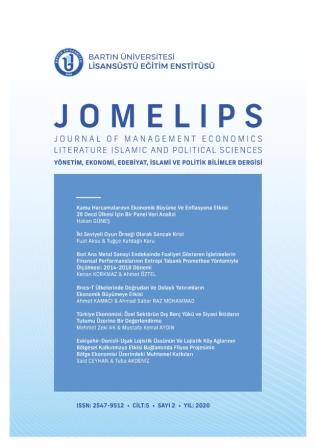
BRICS-T ÜLKELERİNDE DOĞRUDAN VE DOLAYLI YATIRIMLARIN EKONOMİK BÜYÜMEYE ETKİSİ
Capital transfers accelerating with globalization come to countries in the form of direct and indirect investments. These incoming investments revived the economies of the country and increased production and national income. BRICS countries, which attract the attention of all countries of the world with their serious growth rates, are successful actors of emerging market economies. Especially in 2050, the estimation that BRIC countries, together with the USA and Japan, will form the G-6 has accelerated the studies on these countries. The purpose of this study is to examine the effects of direct and indirect investments on economic growth in BRICS-T countries. Since the cross-sectional dependency was determined in the data for the period 1999-2018, the stationarity of the series was tested with the 2nd generation panel unit root tests. By applying ARDL model to series that are stationary in different degrees, the short and long-term relationship between the variables is tested. According to the ARDL model results, the short-term coefficients are insignificant. In the long run, 1 unit increase in direct investments will increase economic growth by 1,164 units; 1 unit increase in indirect investments increases economic growth by 0.172 units.
More...
